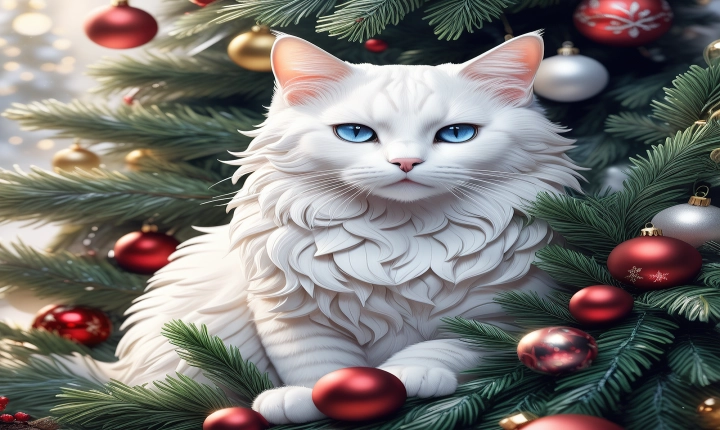Title: How AI Generates Images: Exploring the Technology Behind AI-Generated Art
Artificial intelligence (AI) has made significant advancements in recent years, and one of the most fascinating applications of AI technology is its ability to generate images that are nearly indistinguishable from those created by human artists. This remarkable capability has sparked interest and curiosity among both art enthusiasts and tech aficionados, prompting a closer look at the underlying technology and processes involved in creating AI-generated images.
AI-generated images are produced using a technique known as Generative Adversarial Networks (GANs). GANs consist of two neural networks, the generator and the discriminator, that work in tandem to produce realistic images. The generator network takes random input data and transforms it into images, while the discriminator network evaluates these images for authenticity, providing feedback to the generator. Through a feedback loop, both networks continuously improve, resulting in the generation of increasingly realistic and high-quality images.
Training a GAN involves feeding it with large datasets of images, allowing the networks to learn and refine their image creation capabilities. This process requires massive computational power and extensive training to ensure that the GAN can accurately replicate various artistic styles, objects, and scenes. As the networks become more proficient, they can produce images that encompass a wide range of subjects, from landscapes and portraits to abstract art and surreal compositions.
One of the most remarkable aspects of AI-generated images is their ability to produce novel and imaginative art that pushes the boundaries of traditional artistic techniques. Artists and researchers are exploring the potential of AI as a tool for creative inspiration, using GANs to generate unique visual concepts and explore artistic ideas that would have been difficult to conceive using conventional methods.
Furthermore, AI-generated art has the potential to democratize the creative process, allowing individuals without traditional artistic training to express themselves through digital art. With user-friendly interfaces and AI-powered tools, people can experiment with creating original artwork, leveraging the capabilities of GANs to generate compelling visual content.
However, the rise of AI-generated art also raises questions about the nature of creativity and the role of the artist in the digital age. Critics argue that AI-generated art may lack the intrinsic meaning and emotion that are often conveyed through human creativity. On the other hand, proponents of AI-generated art believe that it represents a new form of artistic expression, highlighting the collaboration between human intuition and AI algorithms.
As AI continues to advance, the potential for generating realistic and imaginative images will undoubtedly expand. This technology has the potential to revolutionize the art world, influencing the way we perceive, create, and appreciate visual art. Whether it’s through inspiring new artistic movements, augmenting the creative process, or challenging traditional notions of art, AI-generated images are a testament to the ingenuity of AI technology and its profound impact on the artistic landscape.
